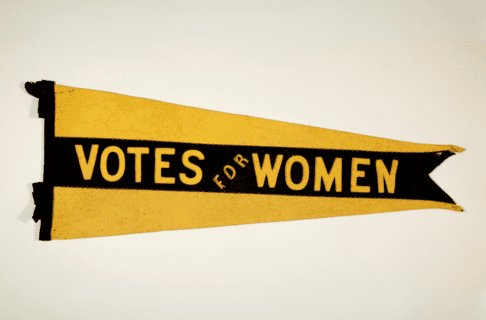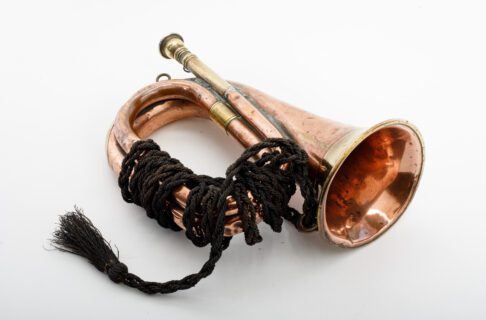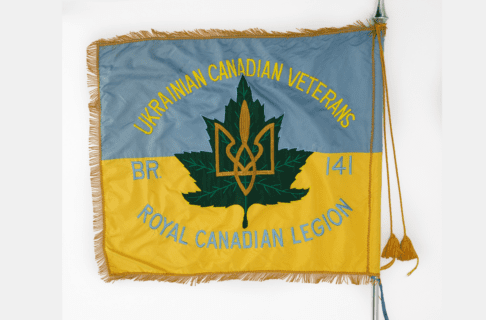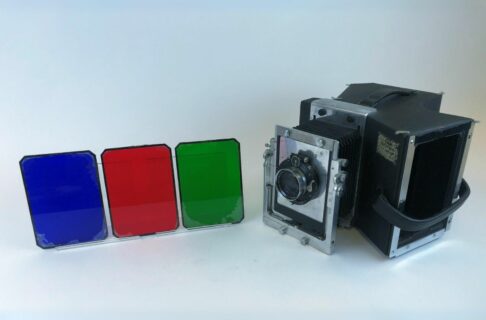The Department of History documents and interprets the experiences of Red River inhabitants, settlers, and immigrants to Manitoba through its research and by collecting and exhibiting artifacts representative of the material culture these peoples have left behind. The Department of History works closely with the other research departments when creating exhibitions, so that the full story of Indigenous peoples, immigrants and their descendants, and the non-human life forms of Manitoba is told in a comprehensive and holistic way.
The History collection, which includes over 60,000 artifacts, begins chronologically with the arrival of the French, English, and Scottish during the fur trade era and emergence of the Métis nation. The collections continue into the post-Confederation period, with mass settlement of Western Canada in the late 19th to early 20th century. The processes of immigration continue to this day, with the ongoing arrivals of families from around the world, and our collecting and research activities aim to reflect this diversity. The Museum also collects artifacts related to social movements and recent important events, from labour strikes to Pride marches, Black Lives Matter, and the societal responses to the COVID pandemic. These events are history in the making, and are being preserved for future generations.
The Museum’s History research focuses on the lives of people in their homes, at work, and in their many organizations and activities. The Museum houses many significant collections unique to the province, which help tell these stories.










